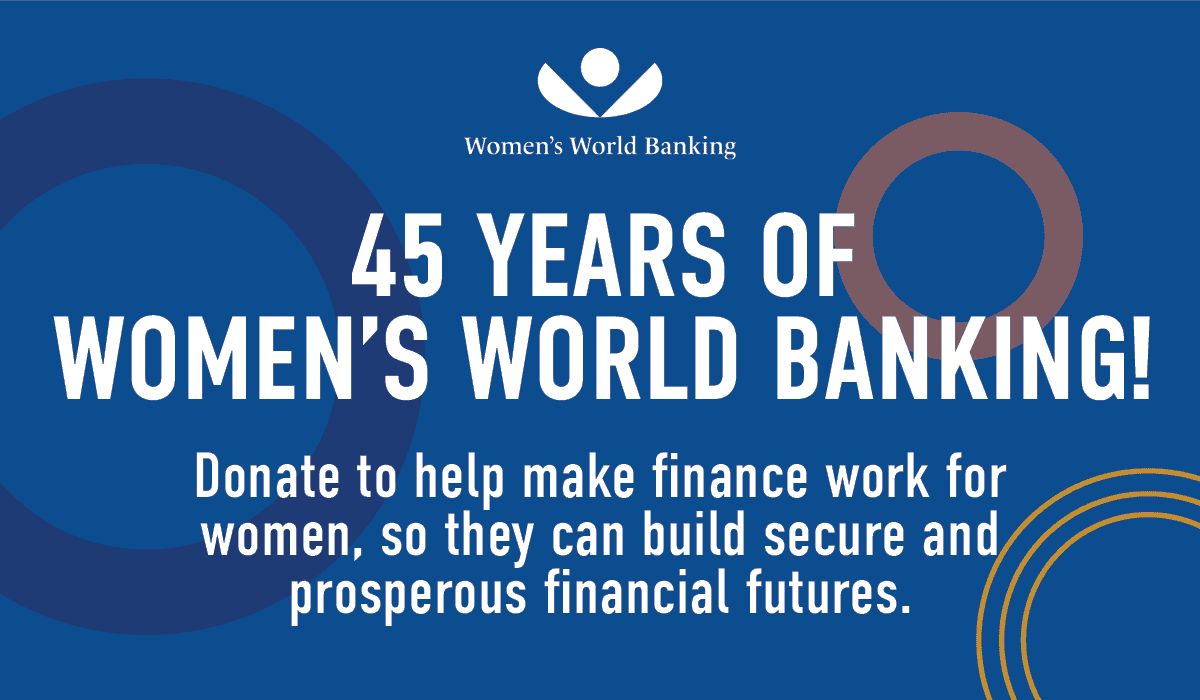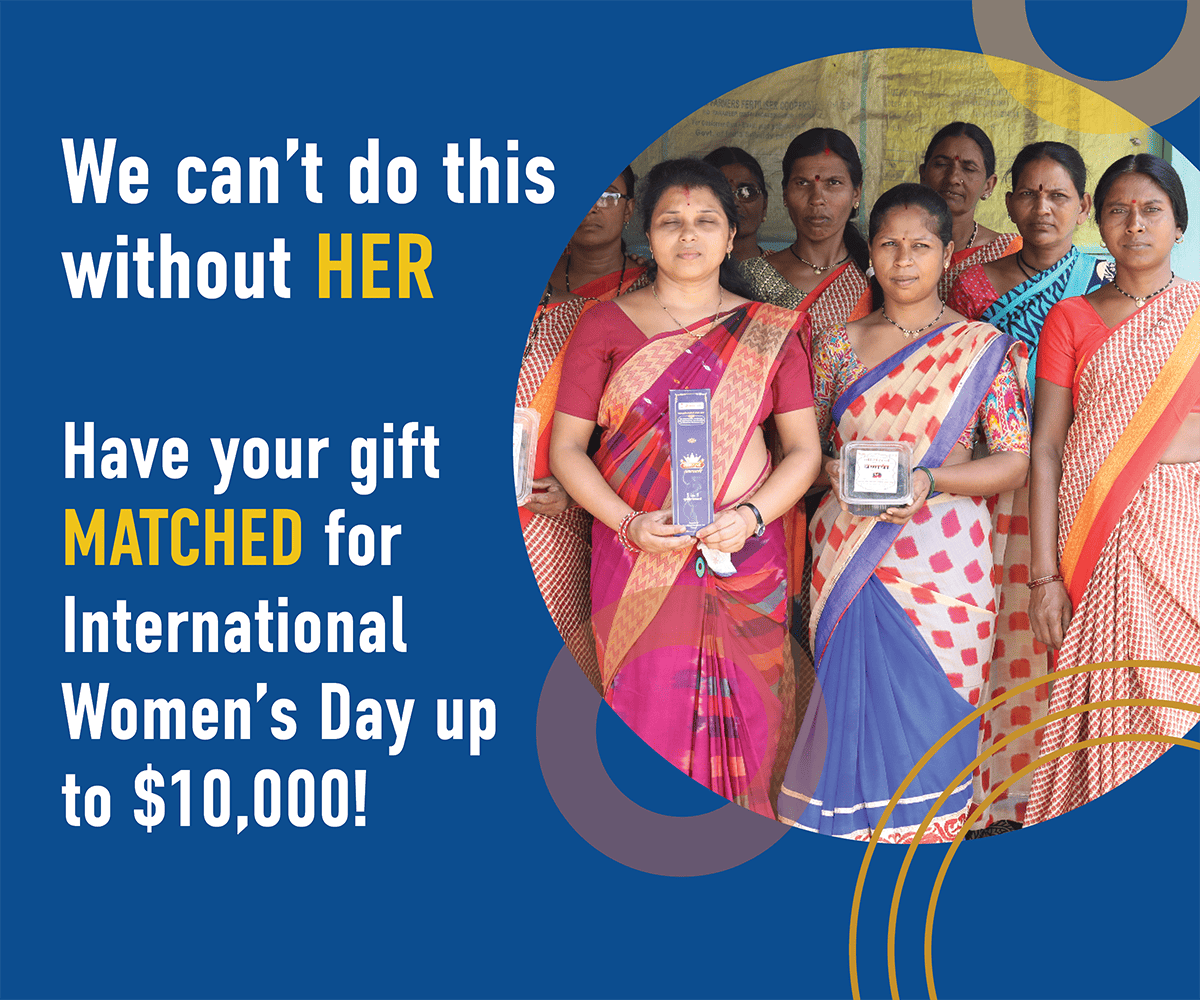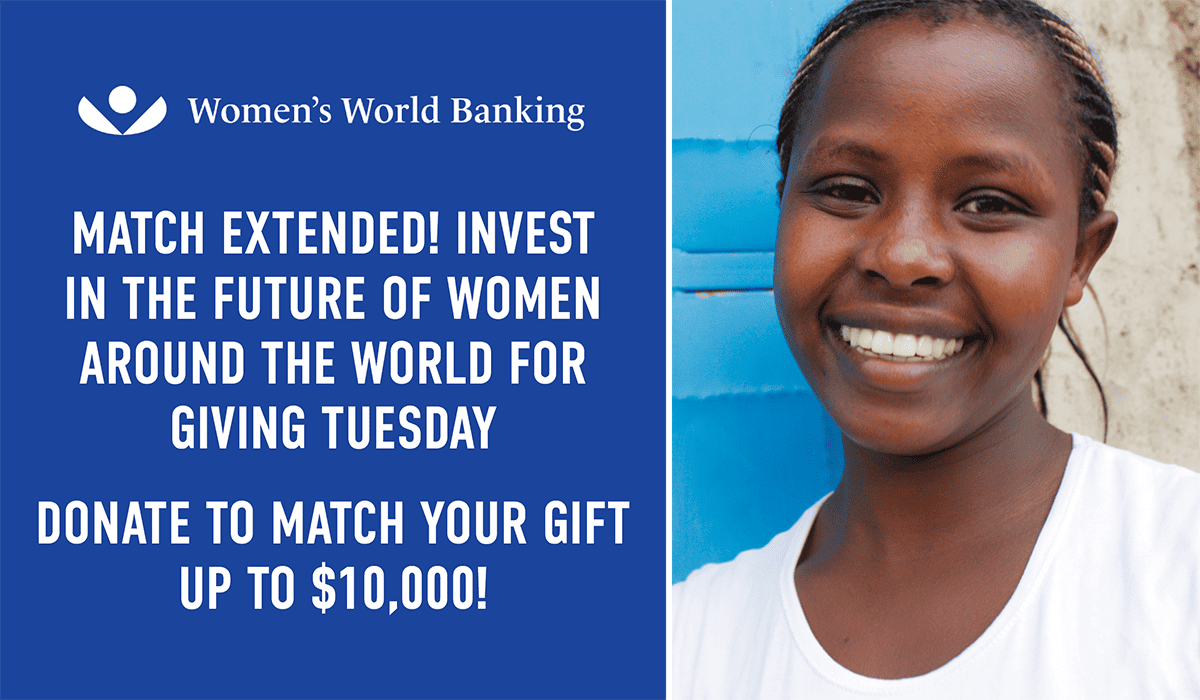By Pallavi Madhok, VP, Advisory Services, South Asia, Women’s World Banking and Priti Rathi Gupta, Founder, LXME
Digital financial services (DFS) have unlocked exciting pathways to inclusion for historically excluded populations, especially women. However, despite mobile internet access and digital platforms expanding rapidly, true engagement with DFS among women, particularly in rural and low-income contexts, still lags behind.
In India1, for example, nearly 76% of rural women aged 15 and above use mobile phones, but only 48% own one. Even among those who transact digitally, only 30% of rural women can perform online transactions, highlighting the stark digital gender gap.
And yet, most of these women use Unified Payments Interface (UPI), India’s leading digital payments platform, which has lowered entry barriers and shown how simple design can drive demand and thus inclusion at scale. Women-centered digital products go beyond social good; they unlock significant market potential. But to unlock that potential, we must design financial services that match women’s digital fluency, agency, and aspirations. Women’s journeys with DFS are steeper, more emotionally charged, and often influenced by deep-rooted social and psychological factors. Building women’s confidence is just as important as building their financial capabilities.
At Women’s World Banking, our UPI for Her report identified four user personas to better understand women’s digital financial behavior. Among them, the “Explorer” segment (30 to 40 million women who are already capable, motivated, and actively using UPI) emerges as a high-potential group for deeper digital engagement. These women represent an untapped opportunity for financial services providers and fintechs to introduce segment-specific products, strengthen digital confidence, and ultimately drive long-term engagement.
To understand outcomes better, we partnered with LXME, a women-centric fintech platform focused on digital savings and investments. The findings from our study with LXME users underscore how targeted, gender-intentional design can bridge the gap between access and active usage.
Starting small: Gamified, goal-based products build confidence
One of the most crucial lessons from LXME’s user base is the effectiveness of small, gamified, goal-based savings challenges. These allow women, even those with irregular incomes, to begin investing with as little as ₹100 (~US$ 1). The low entry point reduces perceived financial risk.
Women often start engaging for personal or family goals, like a child’s education or a family vacation. As they build confidence, they diversify into long-term funds such as equity investments. These challenges also reframe saving as something engaging and rewarding, nudging women to return regularly and deepen their investment behaviors.
Aswasana Mishra, a homemaker who tutors part-time, saved ₹3 lakh (0 US$ 3,600) in just eight months through such challenges. “I don’t earn regularly,” she says, “but these small investments are not heavy on my pocket. I’ve now invested in nine different categories.”
UPI: The seamless bridge between daily life and digital finance
UPI’s intuitive design and widespread use make it an ideal gateway for women to explore digital financial services. LXME users reported that the ease of UPI enabled them to comfortably make investments, eliminating more friction points in their regular use of digital financial services.
By leveraging a familiar tool like UPI, platforms can increase conversion and retention rates among women users. Seamless integration with UPI also reduces dependency on cash, minimizes transaction errors, and boosts real-time feedback, which is particularly useful for first-time digital investors.
Women-led communities foster financial literacy and trust among women users
LXME’s success also hinges on how it nurtures trust through financial literacy workshops and a vibrant, women-led community. From demystifying financial terms to helping women set their first savings goal, these efforts create a safe space for women to learn and experiment.
As Sahithi, a software engineer and LXME user, shared: “The community inspired me to take charge of my finances. Their stories helped me feel seen.”
Support systems matter: From onboarding to support
LXME’s relationship managers and financial advisors offer dedicated help to women to navigate onboarding challenges and make investment decisions. This is especially crucial when women encounter problems such as Know Your Customer, KYC mismatches or delayed portfolio updates.
Women want to feel reassured that help is just a call or message away. Robust support systems increase not just retention but also advocacy; many users went on to recommend the platform to others after a positive customer service experience.
Three key takeaways for financial services providers
- Start small: Offer products that allow women to invest even small amounts.
- Make it relatable: Use gamified, goal-based features that mirror everyday needs.
- Build community and offer human support: Foster peer learning and support through women-led digital spaces and ensure onboarding and advisory support is easily accessible.
Our call to action: Design for confidence
True financial inclusion isn’t just about access; it also incorporates confidence, control, and consistency. The Explorer segment shows us that women are ready. With the right tools, intuitive interfaces, and supportive ecosystems, we can make women not just financially included, but financially fearless.
Read more about the UPI For Her Initiative here.
1 Comprehensive Modular Survey: Telecom 2025




